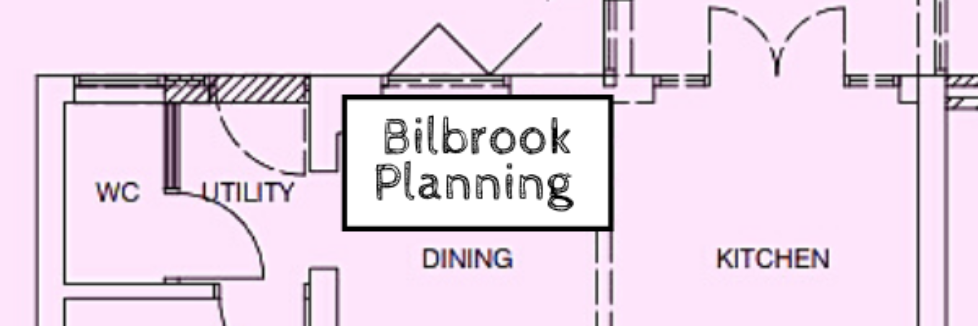
Bilbrook Parish Council is not a Planning Authority however it is a statutory consultee in the planning process. This means that the Parish Council only has the right to be informed of planning applications within the Parish by the relevant Planning Authority (which is usually South Staffs District Council)
The Parish Council can only comment on planning applications in the same way that individuals can comment. Any views expressed by the Parish Council will be taken into account by the Planning Authority before a decision is made, providing the points made are relevant to the determination of a planning application. (see the Grounds for Objecting to Planning Applications below) The final decision to grant or reject planning permission is made by the Planning Authority, not the Parish Council.
The length of time taken to determine a planning application is governed by the local planning authority, not the Parish Council although the Parish Council can request extra time to comment on an application. This is usually done to enable the Application to be considered at the next Parish Council meeting as the Parish Council aims to consider all planning applications in Parish Council meetings which the public can attend. The comments agreed in the council meeting are submitted in the South Staffs District Council planning portal.
Please follow this link to the planning portal. You can create an account and comment and/or track applications of interest.
Grounds for Objecting to Planning Applications
| Planning Policy
|
· conflict with Structure Plan, Local Plan or UDP policies. · contrary to government planning policy guidance. · not complying with council’s informal policy guidance. · prejudice comprehensive development of an area. · exceptional personal circumstances
|
| Special Designations
|
· loss of important Tree Preservation Order trees · inappropriate development in Green Belt · harm to landscape of National Park or Area of Outstanding Natural Beauty/National Scenic Area · threat to wildlife or geological features of Site of Special Scientific Interest · conflict with character of Conservation Area · damage to historic or architectural value of Listed Building · harmful to the setting of listed Building · destroying archaeological remains or monuments.
|
| Planning History
|
· losing important socially beneficial uses · reducing housing accommodation in area of housing shortage · other applications refused and no change in circumstances. · contrary to inspector’s views in previous appeal decision · incompatible with existing planning permission
|
| Site Considerations
|
• over development • insufficient garden or amenity land • lack of private space • excessive bulk or scale • introducing unnatural features • spoiling natural or existing contours • incompatible with the design of existing buildings • loss of important trees, hedges or other vegetation • threatening a public right of way • insufficient parking spaces • failure to meet council’s access and on-site turning standards. • loss of important wildlife habitats • harm to rare plants or animals. • destroying traditional field patterns • loss of high-quality agricultural land • public sewers inadequate • risk of flooding or creation of flood risk • threat to health of occupants through previous contamination.
|
| Neighbours
|
• overlooking adjoining properties • blocking natural daylight • generating noise, disturbance, smells, pollution • unsociable hours of operation
|
| Surrounding area | • dominating nearby buildings • conflict with the pattern of development • poor relationship with adjoining buildings • visually damaging in the landscape or in the setting • conflict with the character of the area • environmental damage caused by vehicles. • inconvenience for pedestrians. • road system is inadequate. • prejudice highway safety. • loss of open spaces losing historic street pattern • adverse effect on rural economy • adverse effect on economy and businesses • loss of employment or traditional industries • threat to viability and vitality of town centre. • creating imbalance between jobs and homes • failure to meet housing needs. • better alternative sites available |
